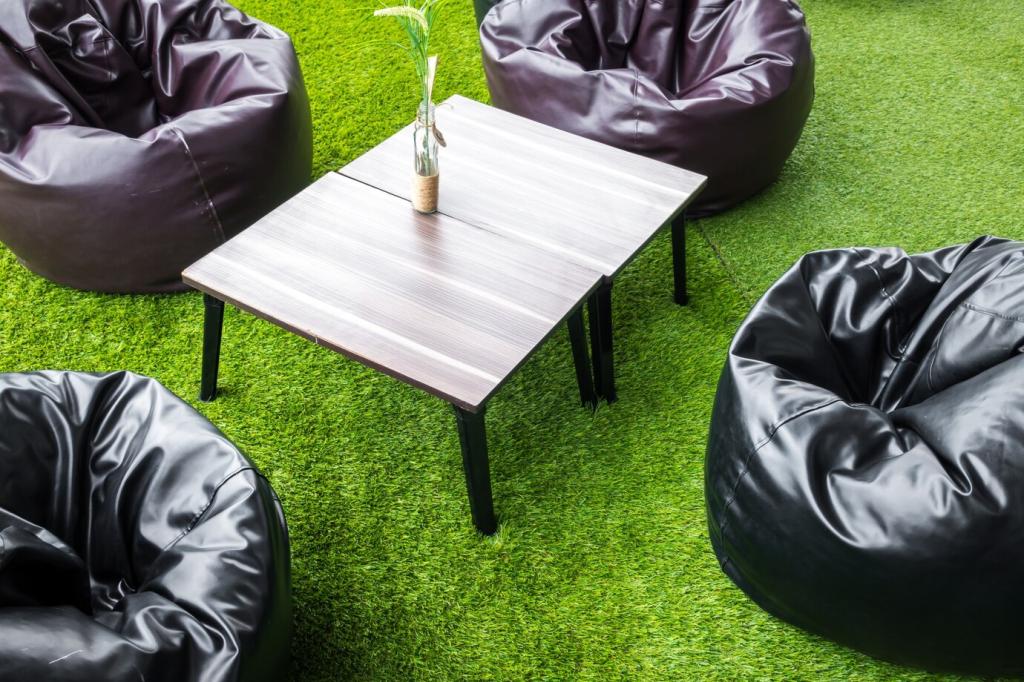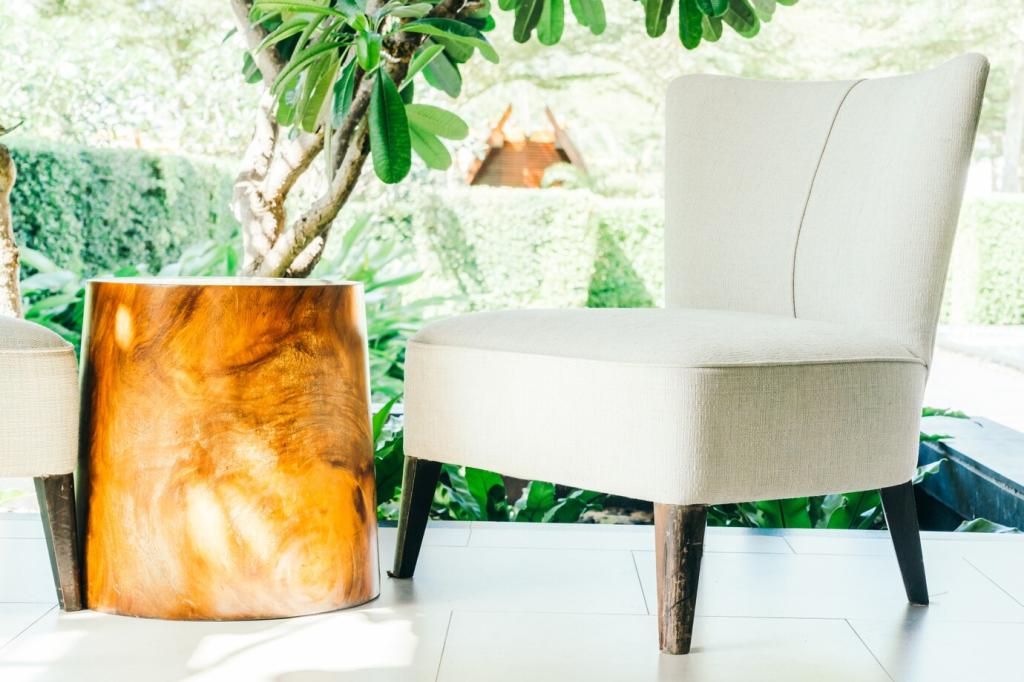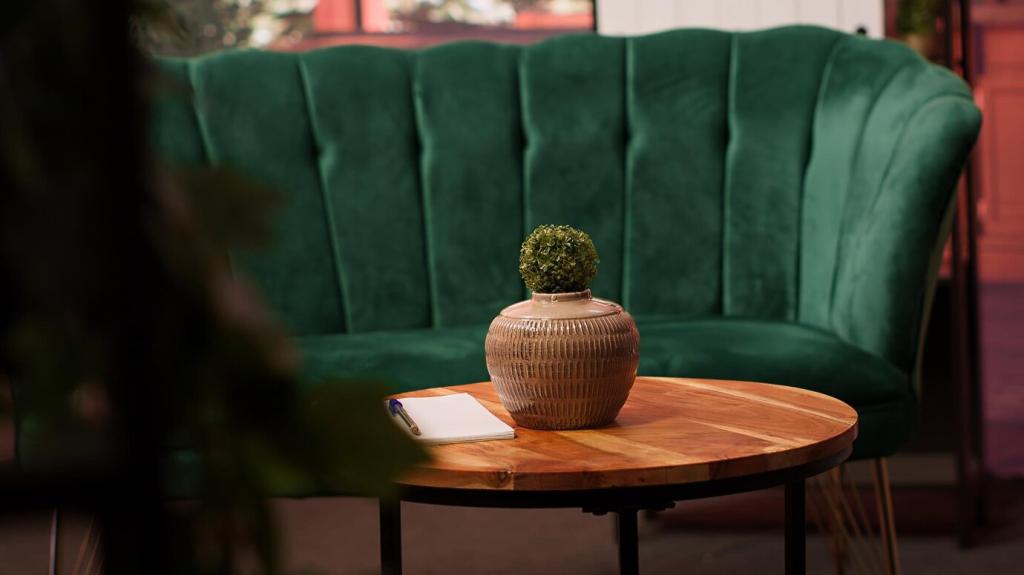Eco-conscious furniture design has rapidly evolved from a niche interest into a central pillar of the interior design world. Increasing environmental awareness and demand for sustainable living have brought a new wave of trends that prioritize not only beauty and function but also responsibility to the planet. Designers and manufacturers are now innovating with materials, production methods, and philosophies that support ecological balance while responding to consumer expectations for style and comfort. Below, we explore the most significant movements reshaping how furniture is conceived, made, and experienced in today’s eco-conscious market.
Reclaimed and Recycled Resources
Designers are increasingly sourcing materials from post-consumer waste and reclaimed items to give products new life. Wood from old buildings, discarded metal, and even ocean plastics are being repurposed into beautiful and durable furniture pieces. This approach not only reduces landfill waste but also infuses each item with a unique story. By transforming the old into the new, furniture makers minimize the demand for virgin materials and foster a circular economy, promoting a cycle where resources are kept in use for as long as possible before being responsibly recycled or disposed of.
Rapidly Renewable Materials
Another frequent choice in eco-conscious furniture design is the use of materials that regenerate quickly and require fewer resources to cultivate. Bamboo, cork, and rattan are excellent examples, prized for their fast growth and minimal environmental footprint. These materials can be harvested with little impact on the surrounding ecosystem and often don’t require chemical fertilizers or pesticides. Alongside their low environmental cost, they offer distinct visual and tactile qualities that appeal to consumers seeking natural and stylish solutions for their living spaces.
Non-Toxic and Low-Impact Finishes
Attention to detail extends beyond the structural elements to the finishes and adhesives applied to furniture. Eco-conscious makers are determined to avoid volatile organic compounds (VOCs) and other harmful chemicals commonly found in conventional paints, stains, and glues. Instead, they opt for plant-based oils, water-based treatments, and natural waxes that provide protection and finish without compromising indoor air quality. These choices ensure that sustainable furniture remains healthy for both the environment and residents, aligning beauty with wellbeing.
Local and Small-Scale Manufacturing
By emphasizing local production, furniture designers are drastically reducing the carbon footprint associated with transportation and distribution. Creating furniture in small batches within local communities not only lowers emissions but also supports regional economies and artisans. This approach often fosters strong ties between consumers and makers, promoting transparency and accountability in the creation process. It’s becoming increasingly common for brands to communicate the origins of their products, bringing a personal connection to every piece.
Fair Labor and Community Engagement
True eco-conscious design cannot overlook the human element. Brands at the forefront of this movement ensure that workers are paid fair wages, provided safe working conditions, and involved as active participants in their communities. Certificates such as Fair Trade and B Corp have become important indicators for consumers who want assurance that their furniture purchases support people as much as the planet. By fostering collaborations with local artisans and craftspeople, these initiatives preserve cultural traditions and empower communities, adding depth and integrity to every product.
Minimizing Waste in Production
Waste reduction is central to ethical manufacturing. Furniture makers are adopting lean production techniques that maximize material use and avoid overproduction. Offcuts and scraps are often reimagined into new items or components, while processes such as digital fabrication allow precise cutting and assembly with minimal leftovers. Such innovations not only conserve resources, they also inspire creative new forms and functions, ensuring that aesthetics are never sacrificed in the pursuit of sustainability.
Previous slide
Next slide


Furniture crafted with future disassembly in mind is revolutionizing the industry. Pieces are assembled without adhesives or permanent fixtures, allowing them to be easily taken apart for repair, upgrade, or recycling. This flexibility means that if a component breaks or wears out, it can be replaced without scrapping the whole item. As a result, products last longer and their parts can re-enter the production cycle, supporting a closed-loop system that minimizes environmental impact.

The rise of modular furniture systems allows users to adapt pieces to changing needs over time, reducing the impulse to dispose of items as lifestyles evolve. Modular sofas, shelves, and storage units can be expanded, reconfigured, or upgraded with additional modules, facilitating personal expression and longevity. These systems often use universal connectors and standard components, making it easy for consumers to maintain and update their furniture instead of replacing it altogether.

More and more brands are implementing take-back schemes or offering services to refurbish, upcycle, or responsibly recycle old furniture. These programs close the gap between consumption and sustainability by ensuring that unwanted items are diverted from landfills. Some companies even incentivize customers to return their used goods, which are then transformed into new products or repaired for resale. This aligns with the values of conscious consumers who seek a responsible end-of-life solution for their belongings.
